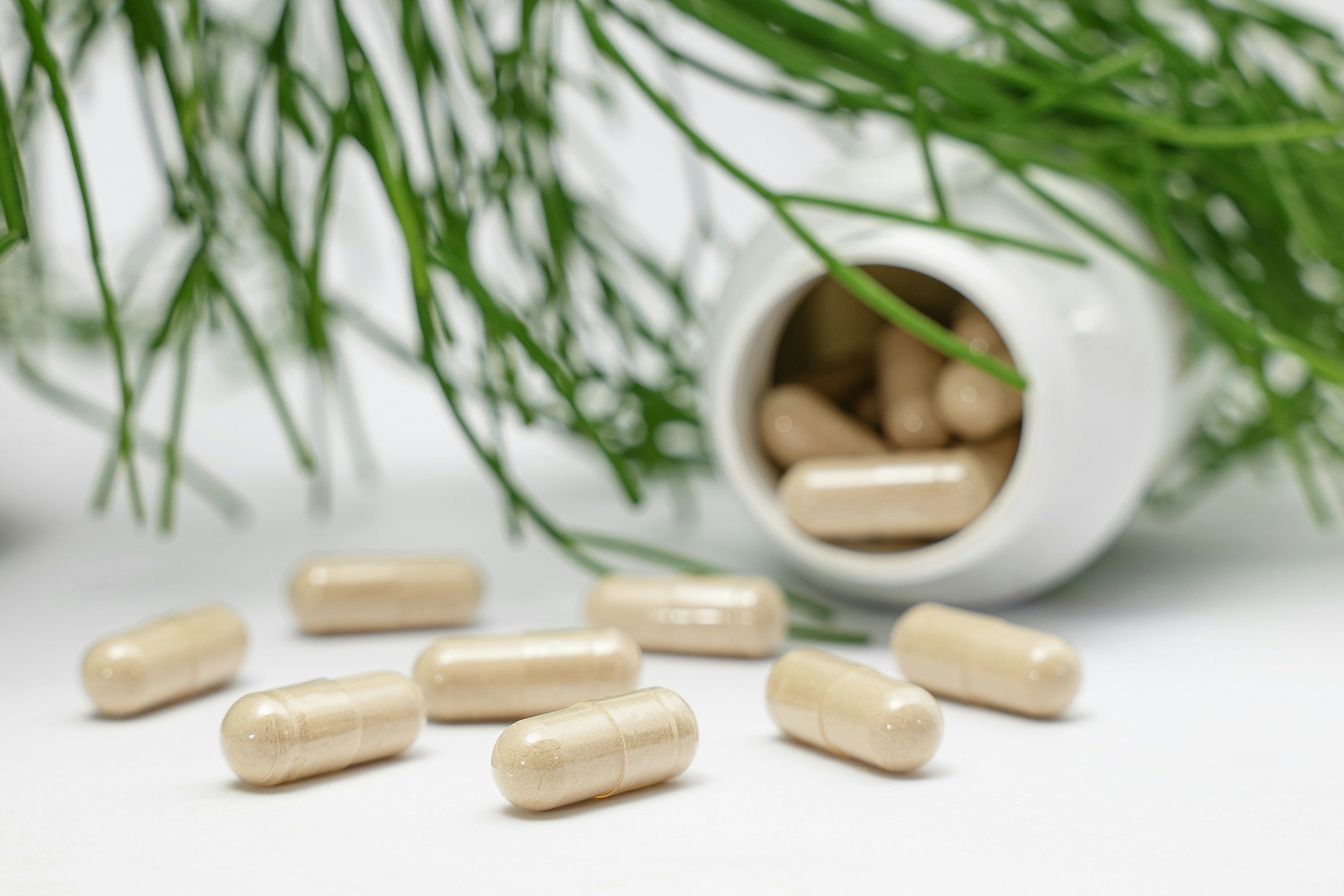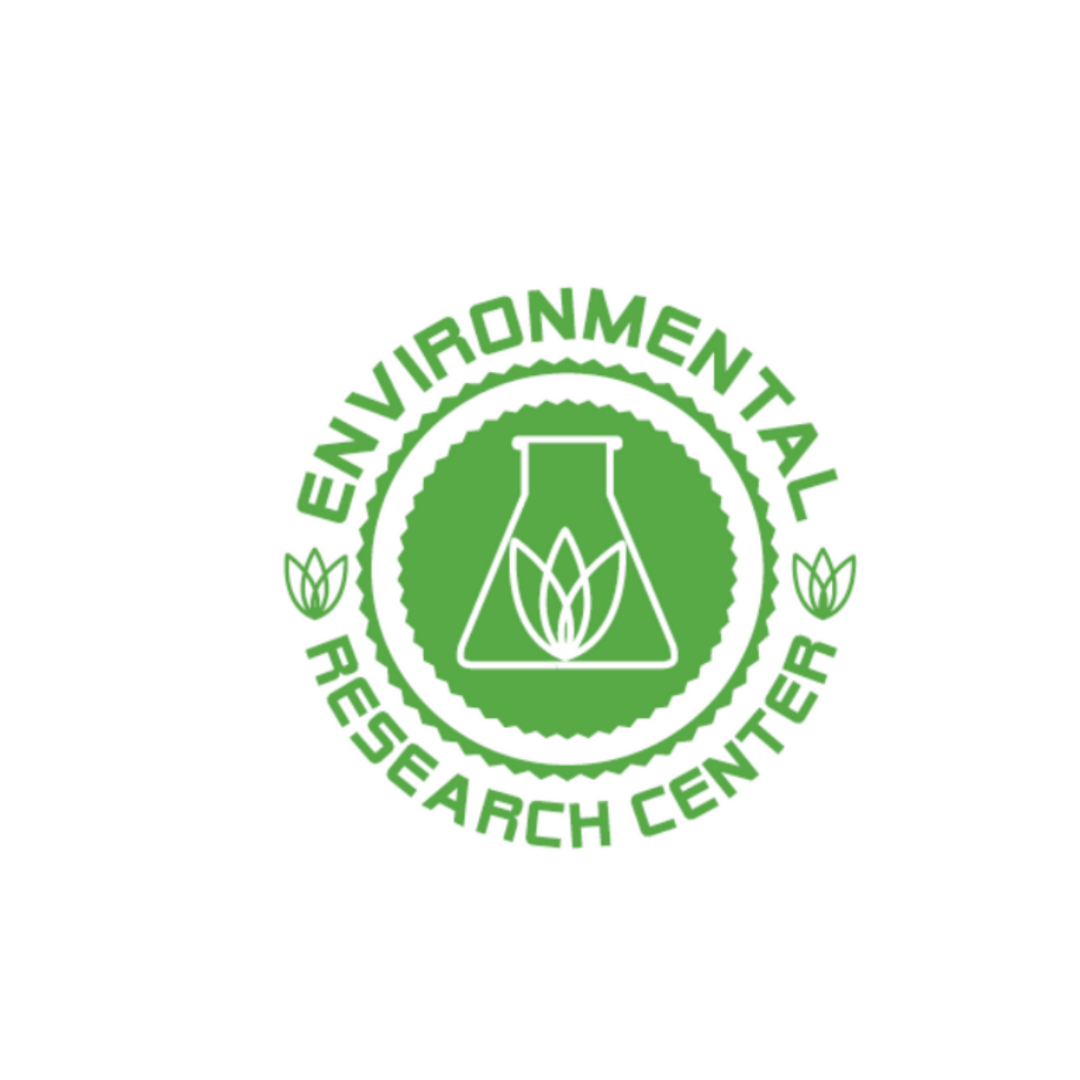The Hidden Toxins in Your Daily Routine — And How to Replace Them
Making healthier choices isn't just about nutrition and fitness — it's also about knowing what you're exposed to every day. From the products you put on your skin to the cookware in your kitchen, many items in your routine can contain harmful chemicals linked to serious health risks. Even the most well-marketed brands may include ingredients flagged under California's Proposition 65 for cancer, reproductive harm, or hormone disruption.
Before jumping into specific product categories, it's important to understand the broader approach of this guide. We’ve broken it down by areas of daily life — from morning routines to food prep, cleaning, and beyond — to highlight where the most common chemical exposures occur. Each section includes examples of products that often contain Proposition 65-listed substances, along with practical, safer alternatives that align with a health-conscious lifestyle. Whether you're just starting to detox your environment or you're already well on your way, these tips are designed to meet you where you are and help you take the next step.
This guide walks through where these toxins commonly hide and how to make simple, affordable swaps to reduce your daily exposure. If you're committed to clean living and transparency, this is a powerful place to start.

Morning Wake-Up Call: Personal Care Products to Rethink
Where toxins show up:
Shampoo and conditioner (formaldehyde-releasing preservatives)
Toothpaste (triclosan, artificial dyes)
Deodorants and lotions (phthalates, parabens)
Safer swaps:
Look for “Made Safe” or “EWG Verified” labels
Choose unscented, plant-based options
Avoid products with long ingredient lists you can’t pronounce
Breakfast to Bedtime: Toxins in Your Food & Cookware
Where toxins show up:
Coffee and cereals (acrylamide)
Canned foods (BPA)
Non-stick pans (PFAS)
Children’s Products: Big Risks in Small Packages
Where toxins show up:
Teething toys and pacifiers (PVC, phthalates)
School supplies (lead in imported paints or plastics)
Baby food (lead, arsenic, cadmium — as highlighted in Prop 65 lawsuits)
Where toxins show up:
Fragranced cleaners (formaldehyde, VOCs)
Antibacterial sprays (quaternary ammonium compounds)
Laundry detergents (1,4-dioxane)
Safer swaps:
Use stainless steel or cast iron cookware
Buy organic or low-processed snacks
Store leftovers in glass, not plastic
Safer swaps:
Choose toys labeled BPA- and phthalate-free
Opt for solid wood toys or cloth-based products
Check your child’s backpack and lunchbox for Prop 65 warnings
Cleaning Products: The “Green” Myth
Safer swaps:
Use baking soda and vinegar for everyday cleaning
Choose EPA Safer Choice–certified brands
Skip synthetic scents — opt for essential oils or unscented formulas

